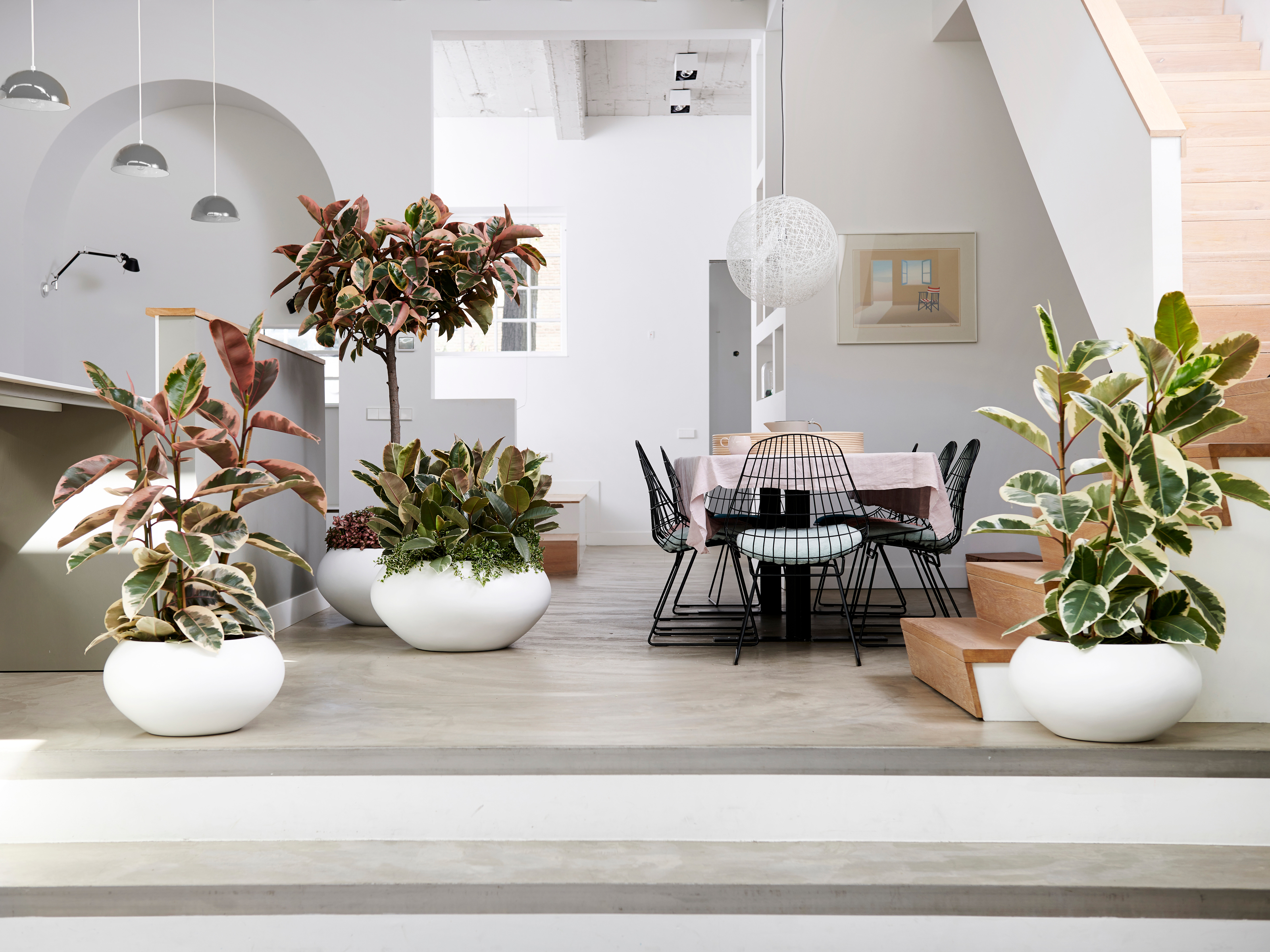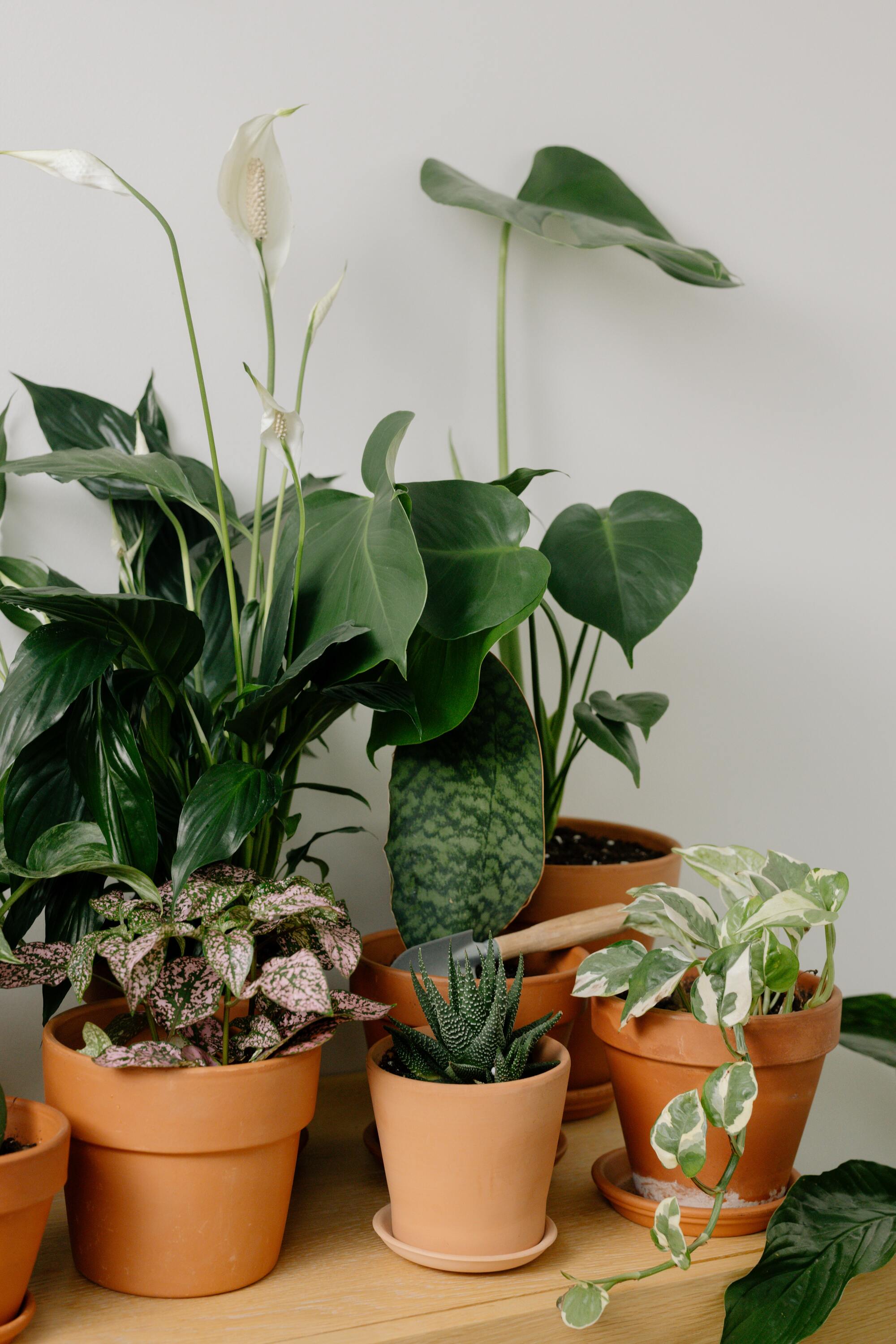What is air layering? Discover this plant propagating tip that works 9 times out of 10
Want to give air layering a try? This propagation method has a proven success rate and is well-suited to plants that aren't easy to grow from cuttings


You may have heard of it before, but exactly what is air layering? Avid gardeners will be happy to know that this method of propagation doesn’t require a horticultural degree, particular green fingers, or even any specialist tools. Even a houseplant beginner can learn this process and successfully propagate their plants.
This method was first devised in China, originally by placing sections of branches that are still attached to the plant in the ground and covering them with earth. Soon, the plant would sprout new roots and a new root would germinate in the ground. However, modern gardeners will take a slightly different approach to the idea.
Air layering has a proven success rate of about 90%, according to experts. Plus, this technique can bring you a good-sized plant in a matter of weeks instead of months or years, and it can even be a method used for the best houseplants for beginners. Here's what you need to know about it.
What is air layering? The most common questions, answered
The most well-known form of propagating is by taking cuttings from a mother plant, but this method keeps the plant in tact while the offshoot grows.
'Air layering is a method of propagation and a great way to grow new trees and shrubs from stems while they are still attached to their parent plant, rather than the more well-known method where a severed piece of the main plant is re-rooted,' explains Whitney Bromberg Hawkings, founder and CEO of FLOWERBX. 'To air layer plants, a small incision is made in a section of the main stem, then wrapped with damp sphagnum moss to encourage new roots.'
During propagation, both the mother plant and the new plant continue to develop, and the new plant develops characteristics identical to the mother plant.
1. What are the advantages of air layering?
The foremost benefit of air layering is that as opposed to other techniques, the rooting success is higher. Air layering is relatively simple to perform and requires less skill, effort, and equipment. Plus, it can be used for plants that transition into woody stems as they mature, which would be hard to propagate otherwise.
'Air layering works particularly well for those plants that don’t have low growing shoots to layer themselves in the conventional method,' says Emma O’Neill, head gardener at horticultural charity Garden Organic, 'or for plants that don’t readily root from cuttings.'
Usually, when propagating plants via stem cutting, the intention is to establish new roots so a new plant can grow from them. However, that doesn't always happen. Air layering is a more surefire method that's far more likely to encourage root growth. Of all other ways to create another plant, air layering plants is a simple, easy method, and gives rise to the best houseplants that enliven the home. Plus, it can be a lot quicker than other propagation methods.
Larger plants that are readily mature can be produced in a faster time. In fact, in this method, you can shorten the time required for the plant to attain its fruit-bearing stage, and speed up its growth. The new plant tends to be stronger and more mature than those propagated by any other techniques. You can also save on space and time in attending to rooting trays, etc.

2. How do you air layer?
'To air layer, your plant, choose a healthy branch and remove any nearby leaves,' says Richard Cheshire, plant doctor at Patch Plants. 'With a sharp knife, carefully cut at a 45-degree angle into the branch; about halfway. The cut should be about 2-4 inches long depending on the size of the plant.'
'Add a little rooting hormone to the cut area and place some moist soil and perlite, or sphagnum moss, on top,' says Richard. 'Wrap the whole section of the branch with moss, then cover with cling film to keep it all together.'
'You can also use a little twine or string to secure the wrap fully,' he adds. 'After 1-2 months, new roots will appear. You can then take your cutting by snipping off the branch below the closest leaf node to the wrapped area.'
In this technique, the plant's phloem layer gets interrupted and the flow of photosynthates stops reaching the roots. All the sugars accumulate at the phloem layer. This pile-up leads to new buds and the presence of rooting hormones encourages new buds to develop roots instead of leaves.
Once the plant has germinated, you will have to keep a check on how often you should water your houseplant, when it needs fed and how much natural light. All these factors depend on different species of plants.
3. When's the best time to air layer a plant?
Ideally, air layering should be done in autumn or spring when the plants are actively growing. This time of the year will make your job much easier too, as the weather will naturally aid in the plant's growth.
4. What plants can you air layer?
'Luckily for us, plenty of plants can be successfully propagated by air layering,' explains FLOWERBX's Whitney.
Both indoor and outdoor plants can be air layered. 'I usually look out for woody outdoor ornamentals, or herbaceous indoor plants, which are often tropical.'
'Some of my favorites include Rhododendron, Azalea, and Camellia, as they put on a display of mesmerizing bright florals,' she adds. 'Some alternative options that work well in even the smallest of gardens include Roses and Honeysuckle, bringing beauty and fragrance to your outdoor space.'
'When it comes to outdoor plants, the suitable ones for this method are Camellia, flowering Cornus, Chaenomeles, Cotinus, and Corylus,' says Garden Organic's Emma O'Neill.
In terms of indoors houseplants, the best candidates are tropical styles, such as rubber plants, monstera and dracaenas. 'Best houseplants for air layering include Ficus Elastica and Ficus Benjamina,' suggests Emma.
Be The First To Know
The Livingetc newsletters are your inside source for what’s shaping interiors now - and what’s next. Discover trend forecasts, smart style ideas, and curated shopping inspiration that brings design to life. Subscribe today and stay ahead of the curve.

Aditi Sharma Maheshwari started her career at The Address (The Times of India), a tabloid on interiors and art. She wrote profiles of Indian artists, designers, and architects, and covered inspiring houses and commercial properties. After four years, she moved to ELLE DECOR as a senior features writer, where she contributed to the magazine and website, and also worked alongside the events team on India Design ID — the brand’s 10-day, annual design show. She wrote across topics: from designer interviews, and house tours, to new product launches, shopping pages, and reviews. After three years, she was hired as the senior editor at Houzz. The website content focused on practical advice on decorating the home and making design feel more approachable. She created fresh series on budget buys, design hacks, and DIYs, all backed with expert advice. Equipped with sizable knowledge of the industry and with a good network, she moved to Architectural Digest (Conde Nast) as the digital editor. The publication's focus was on high-end design, and her content highlighted A-listers, starchitects, and high-concept products, all customized for an audience that loves and invests in luxury. After a two-year stint, she moved to the UK and was hired at Livingetc as a design editor. She now freelances for a variety of interiors publications.
-
 Burl Wood Decor Is 2025’s Most Coveted Comeback — Here’s How to Get the Storied Swirls for Less
Burl Wood Decor Is 2025’s Most Coveted Comeback — Here’s How to Get the Storied Swirls for LessIrregularity is the ultimate luxury, but you don’t need an antiques dealer to find it
By Julia Demer Published
-
 5 Garden Features That Instantly Add Value to Your Home — While Making Your Outdoor Space More Practical, too
5 Garden Features That Instantly Add Value to Your Home — While Making Your Outdoor Space More Practical, tooGet to know all the expert tips and tricks for making your backyard a standout selling point for your home.
By Maya Glantz Published